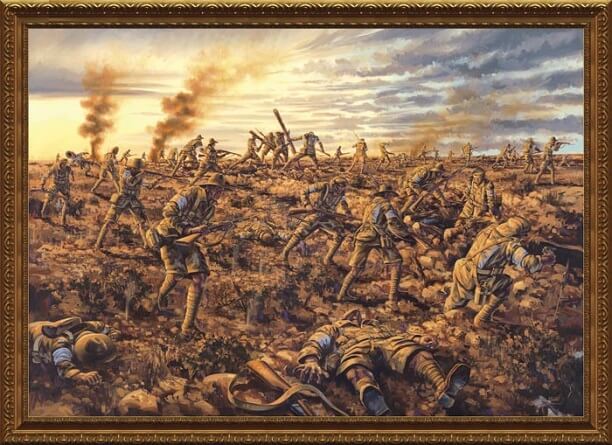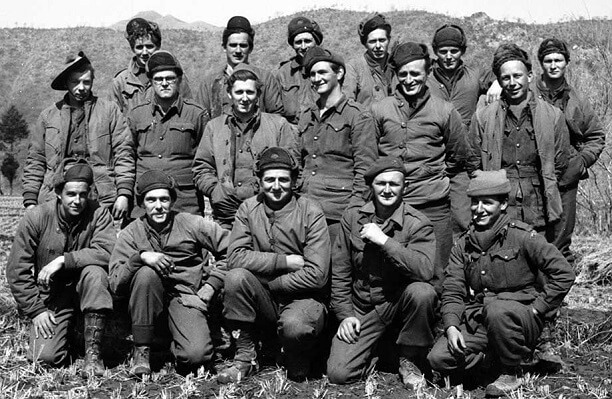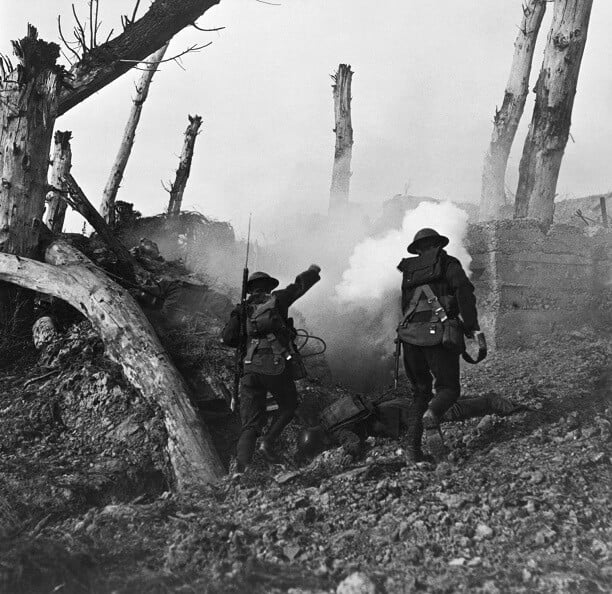
The tide of war turns at Amiens
On 8 August 1918, the trench-bound stalemate of the Western Front was finally broken. During the pivotal Battle of Amiens and the Hundred Days’ Offensive that would follow, the Allies would put to use the lessons they had learnt during the preceding months of the war when they had to counter the German Spring Offensive. At Amiens, the coordinated use of tanks, aircraft, artillery and mobile infantry would produce an onslaught that the Germans were unable to counter.
At the centre of the Allied advance at Amiens was the British 4th Army, spearheaded by Australian and Canadian troops, and supported by the French. Both the Australians and Canadians had developed a reputation for aggressive and innovative tactics, and this would be the first time they would fight alongside each other in a major offensive. All five Australian Divisions were involved in the fighting under the command of General John Monash.
The offensive began in dense fog at 04:20 in the morning. By 11:00, the Australians spearheading the attack had gained almost 5km of enemy ground. The speed and success of the attack had caught the Germans by surprise, which had a devastating effect on morale. From this point onwards until the end of the War, the Allies would encounter growing numbers of surrendering German troops who were no longer willing to fight. The German Chief of Staff, General Ludendorff, famously referred to 8 August 1918 as the ‘black day of the German army’.
Australian forces played a decisive role in the Battle of Amiens, and a colossal trophy to their efforts on that day later found its way home – a 45-tonne German railway gun. The ‘Amiens Gun’ was used by the Germans to lay siege to the city of Amiens in 1918 and now resides at the Australian War Memorial in Canberra. It stands as an enduring testament to the diggers that turned the tide of war on that day, 103 years ago.











